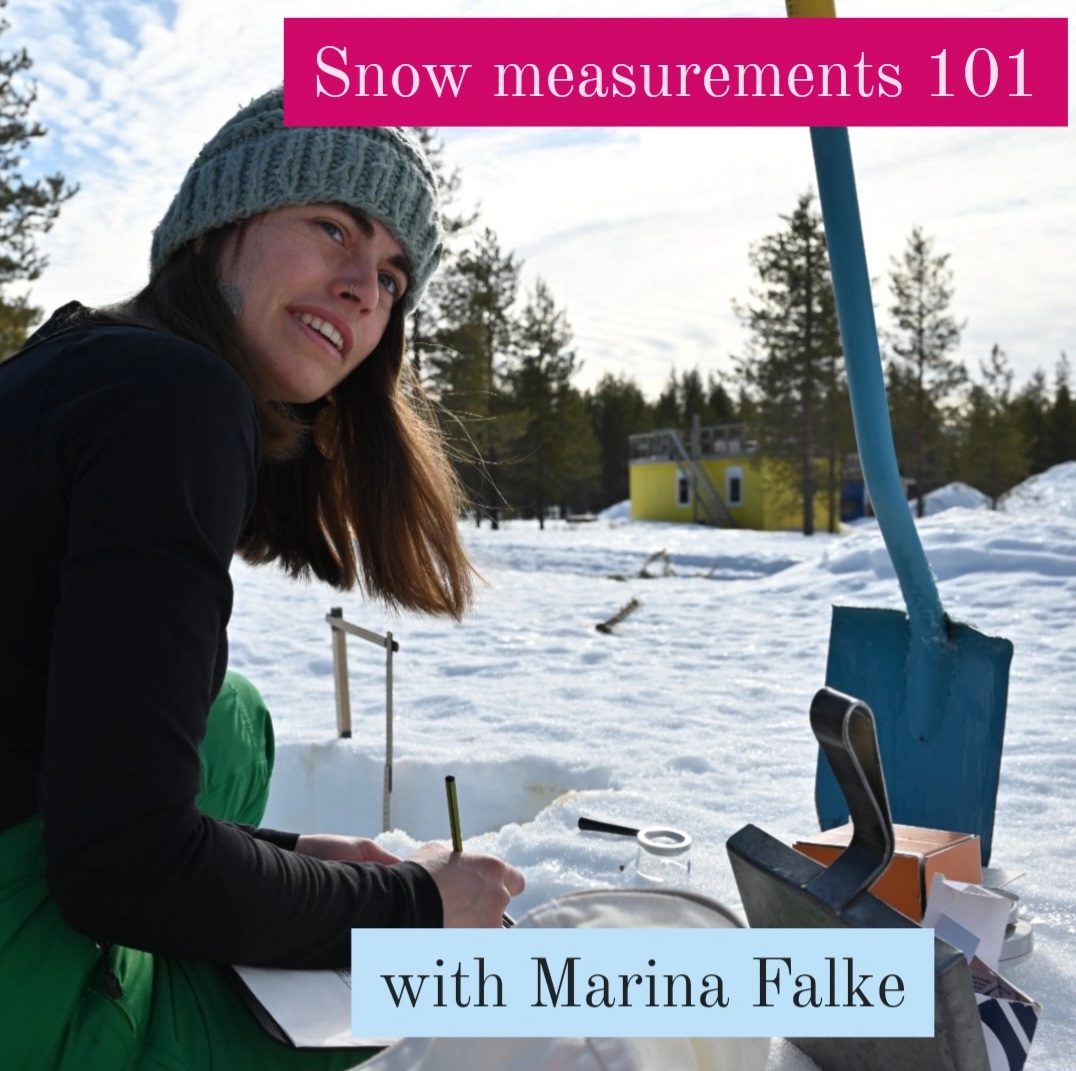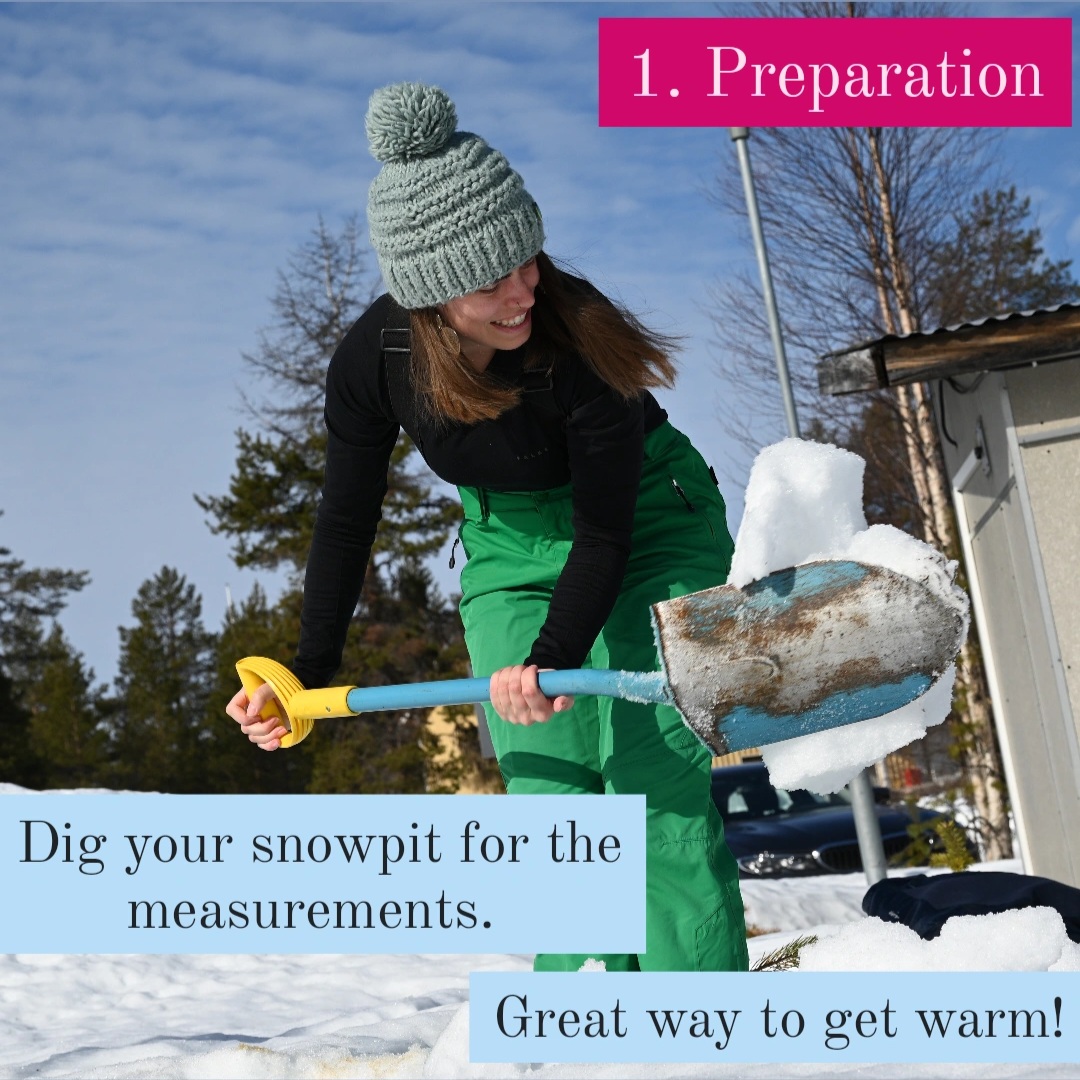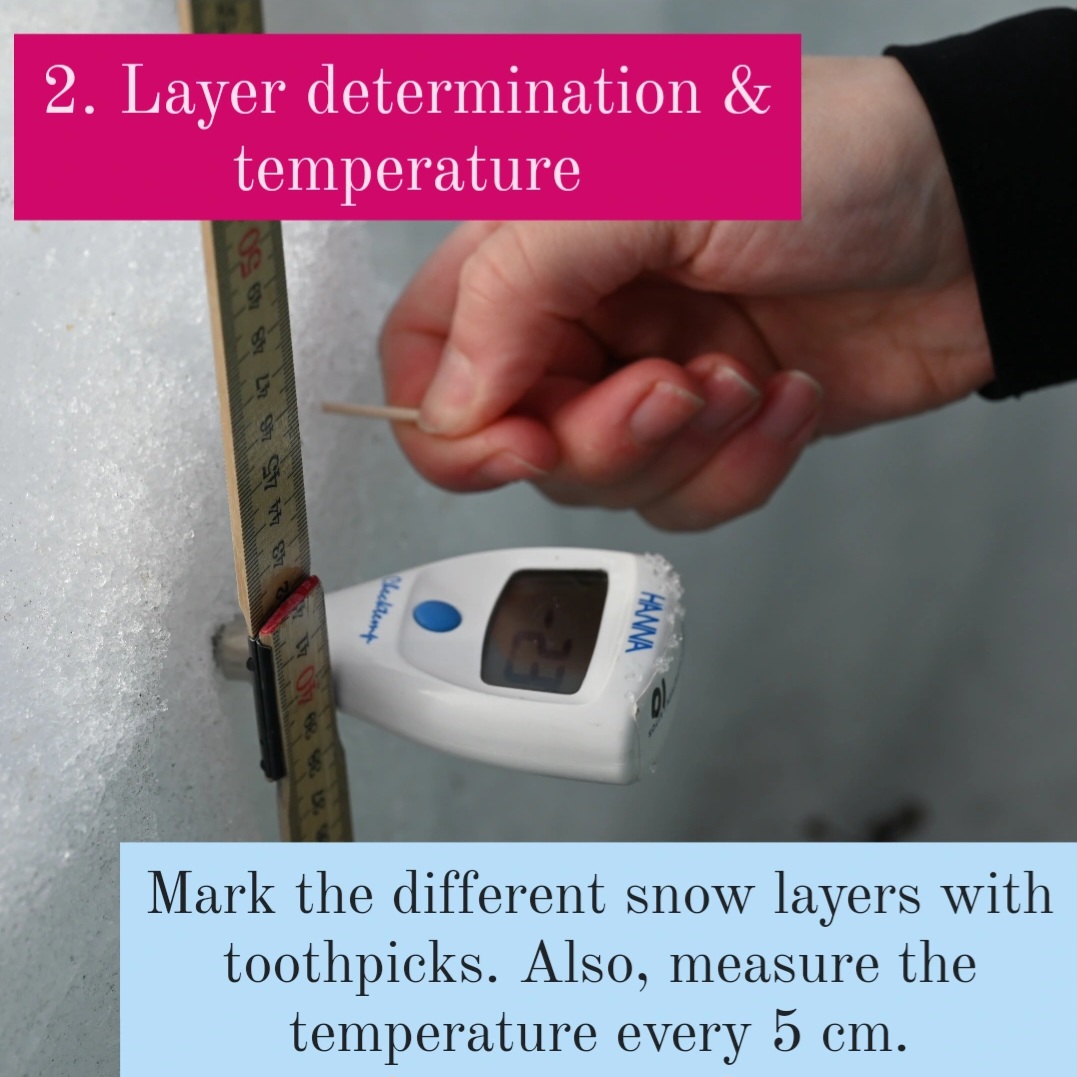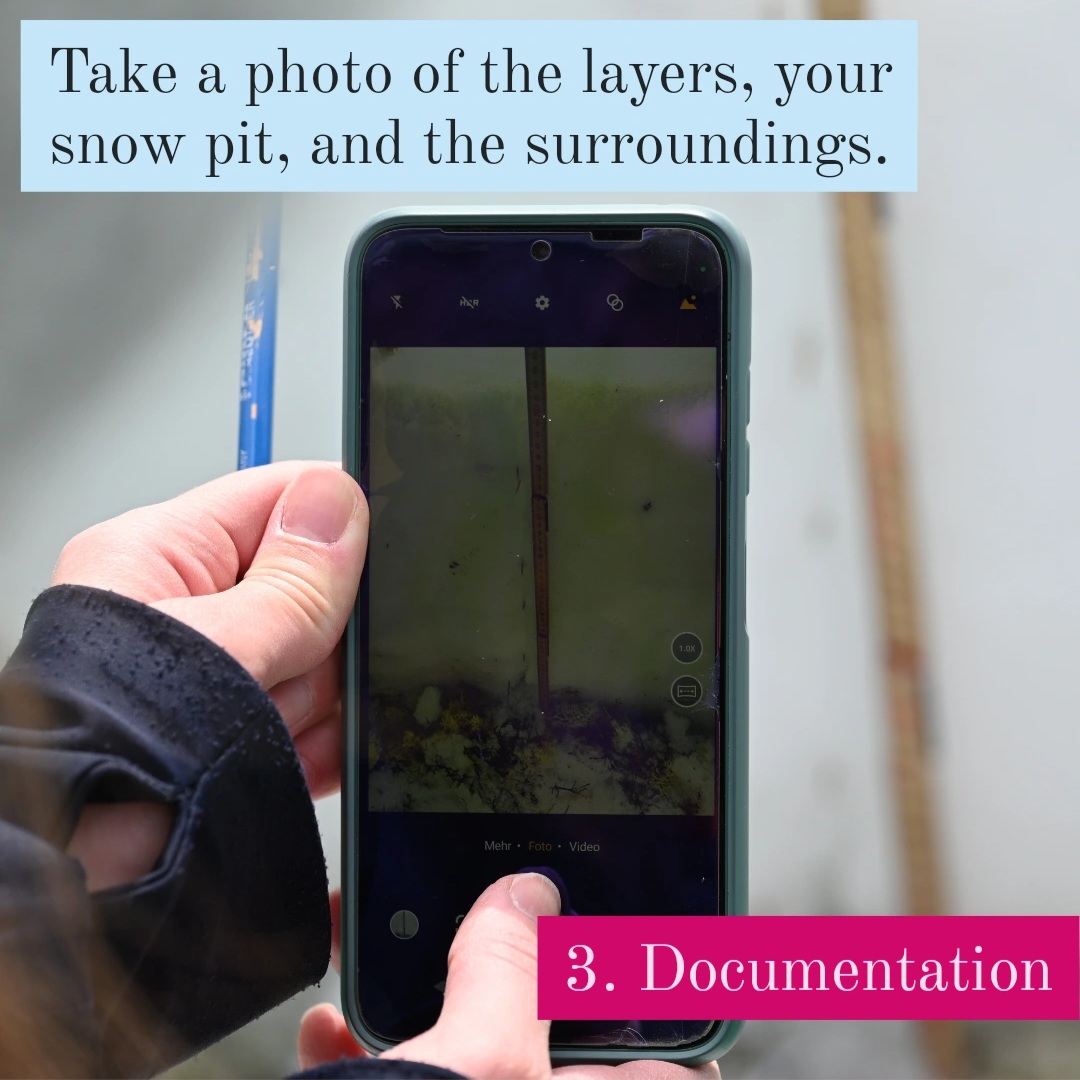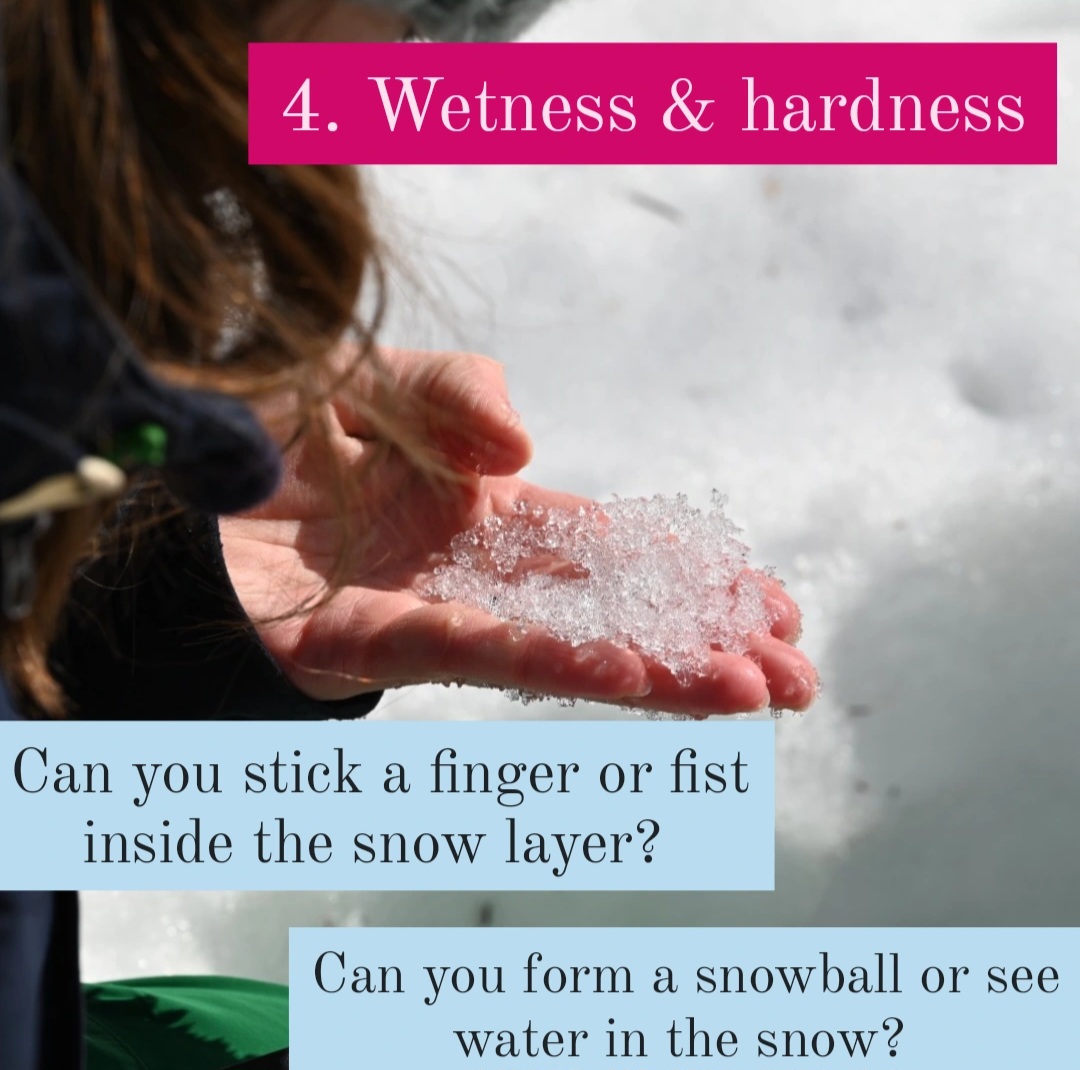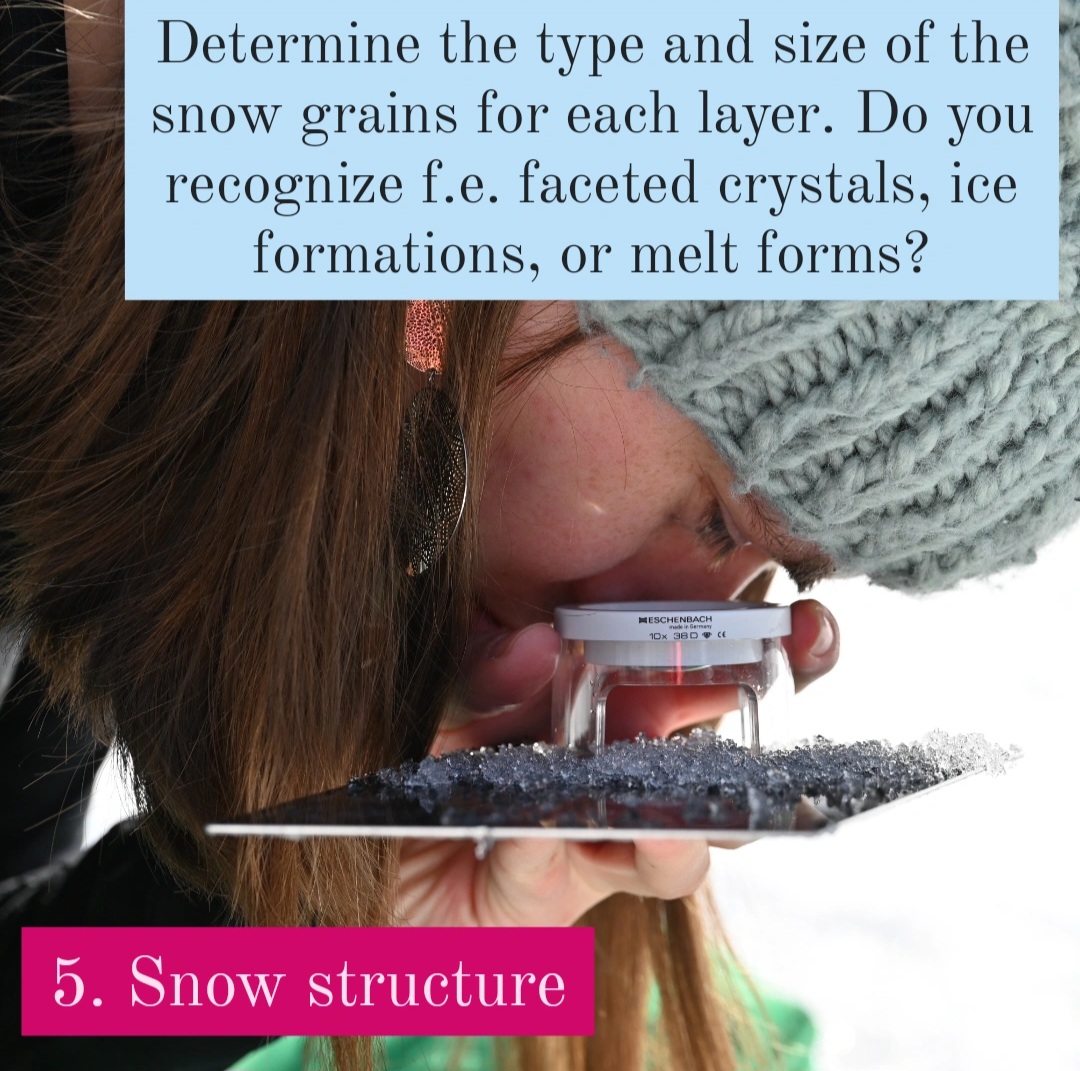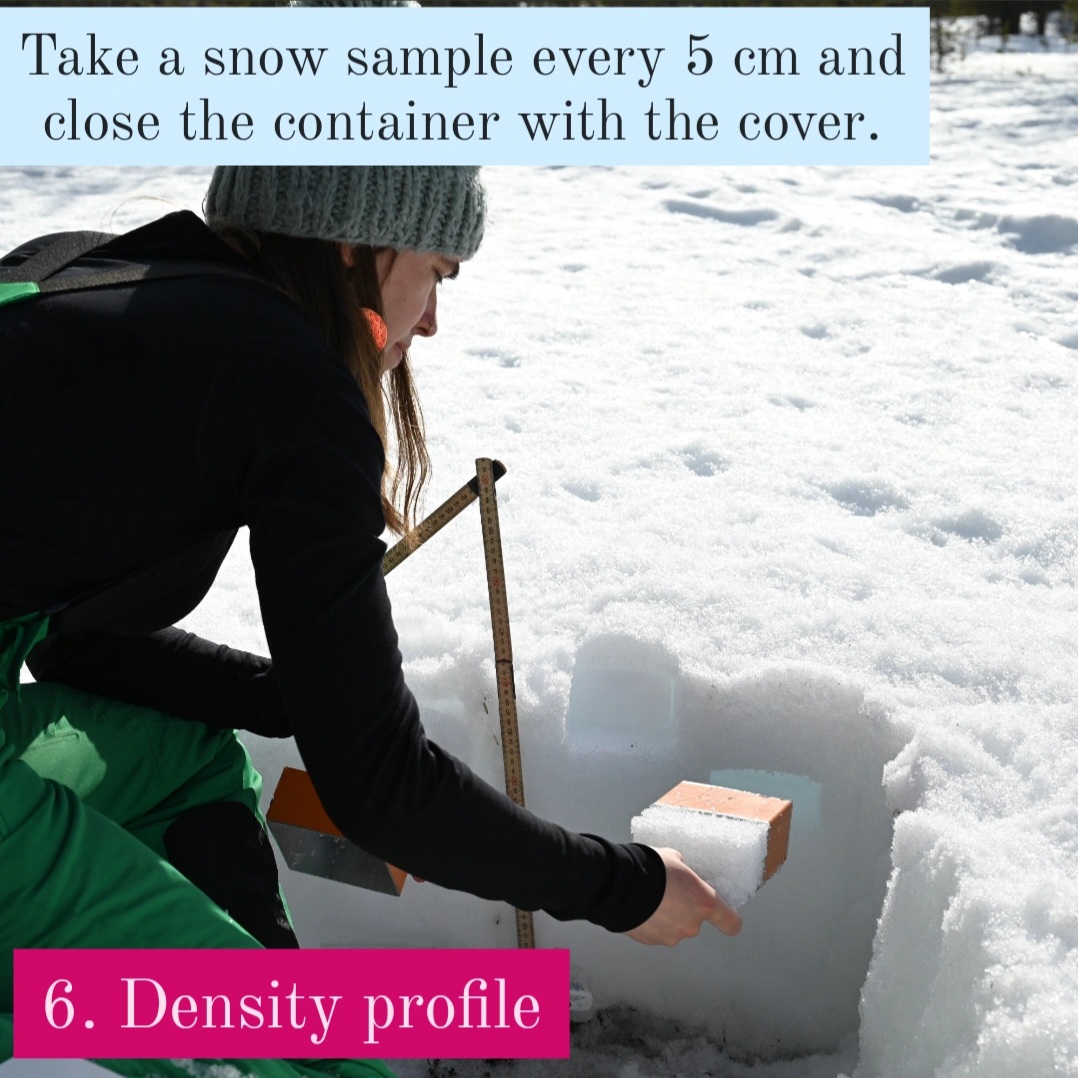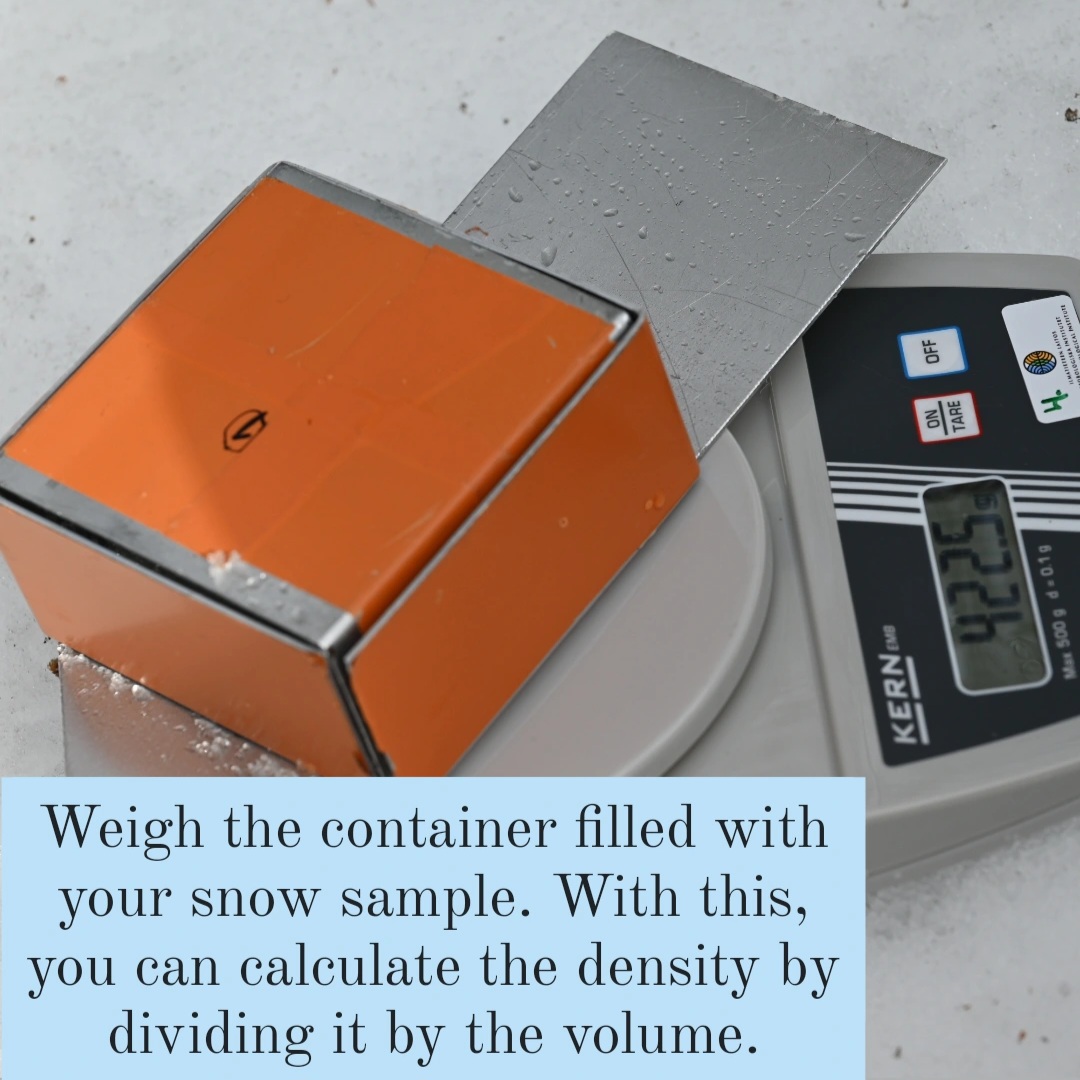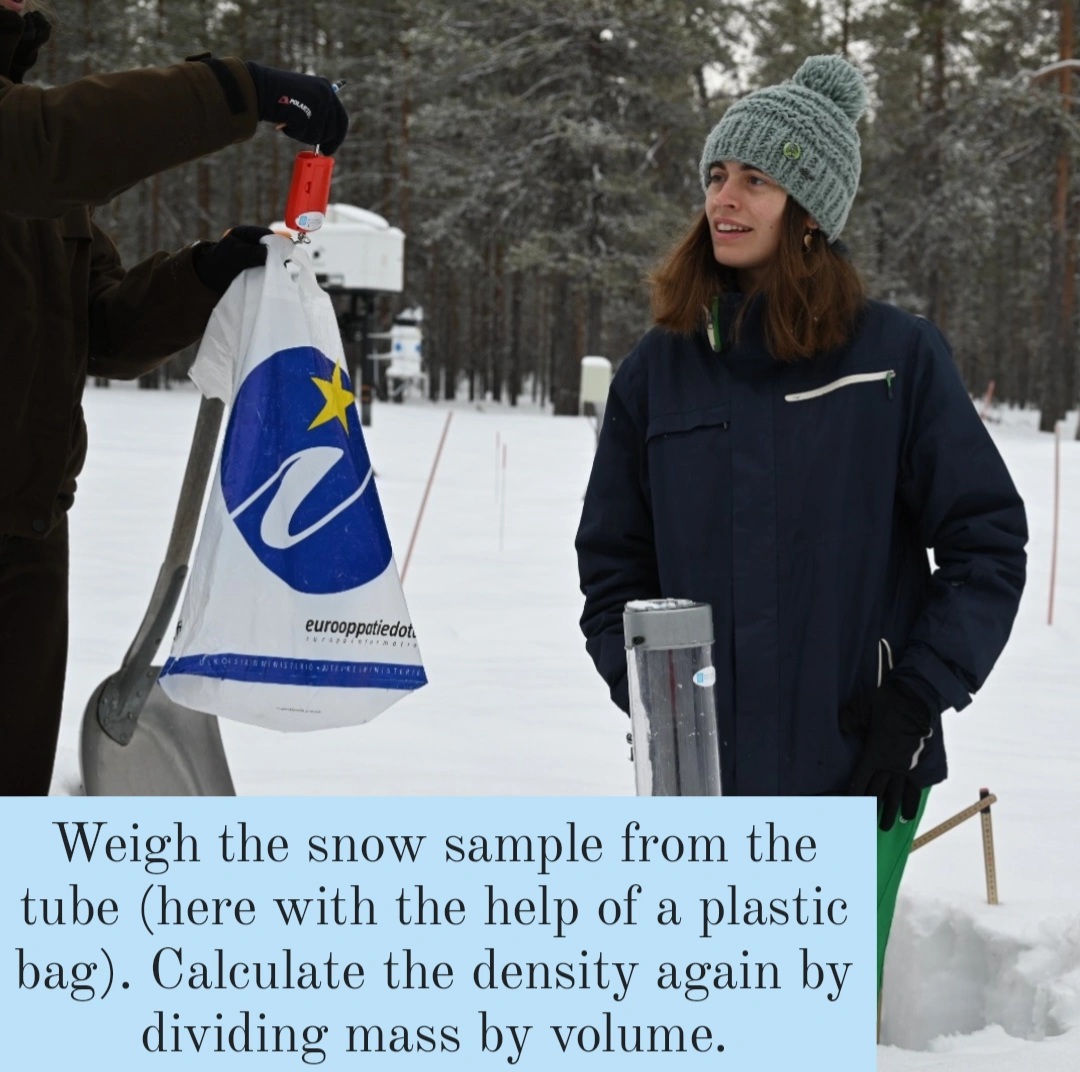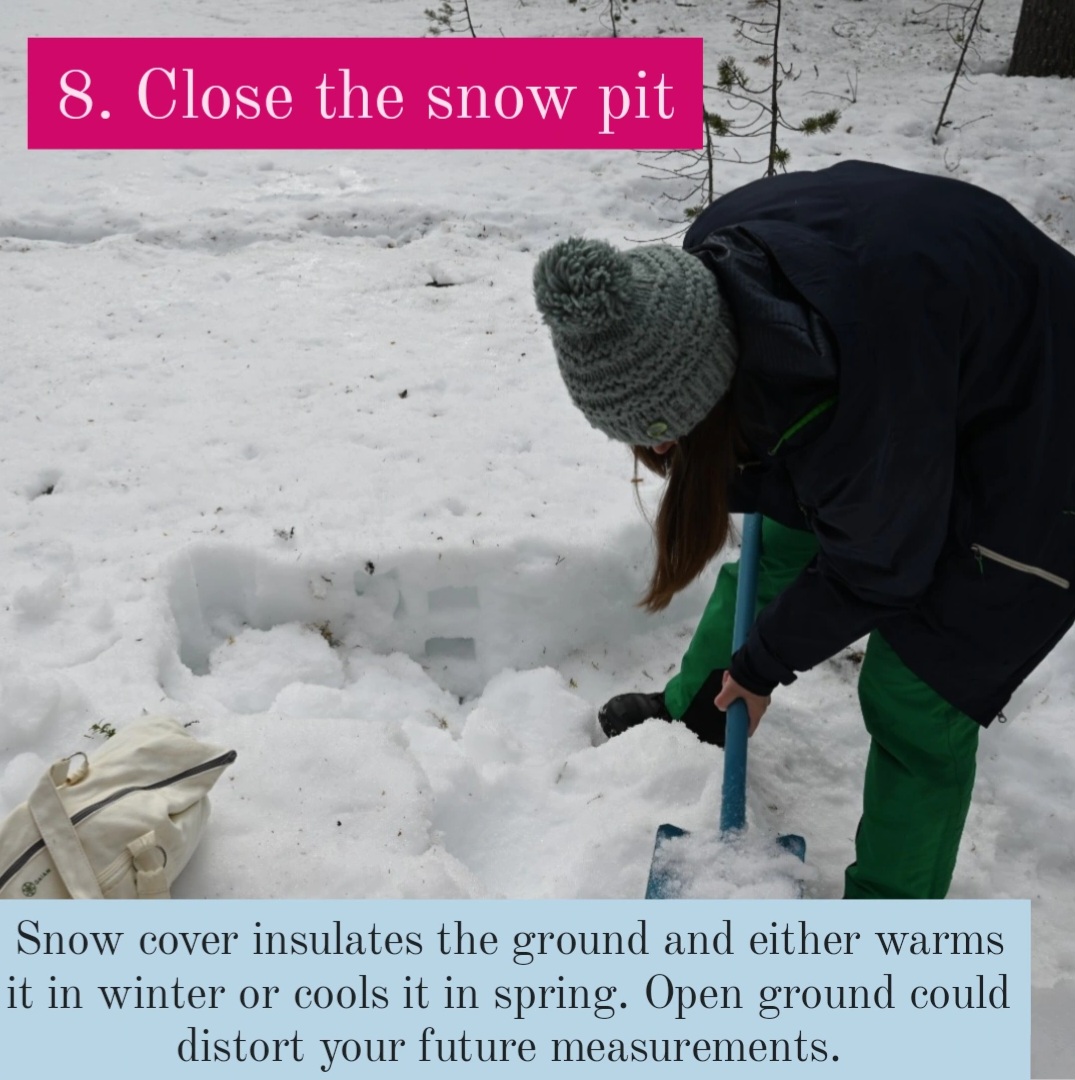Leena Leppänen (l.) and Marina Falke (r.) during snow measurements in Sodankylä in spring 2023.
The snow is disappearing from Rovaniemi’s streets, not to be thought about until next winter. Not so for the snow researchers Leena Leppänen and Marina Falke though. Here you can read about their daily work in freezing temperatures and take an introduction to snow research.
Text and photos: Lisa König, Communications intern at the Arctic Centre, spring 2023
At the Supersite in Sodankylä, you find a little research village surrounded by forest. It houses the Arctic Space Centre of the Finnish Meteorological Institute (FMI) and the Sodankylä Geophysical Observatory but also a lunch place, accommodation for the researchers, and of course saunas and a barbecue place.
Leena Leppänen lived there for nine years when she was working full-time for the Finnish Meteorological Institute. Nowadays, she is working as a researcher for both the Arctic Centre and the FMI.
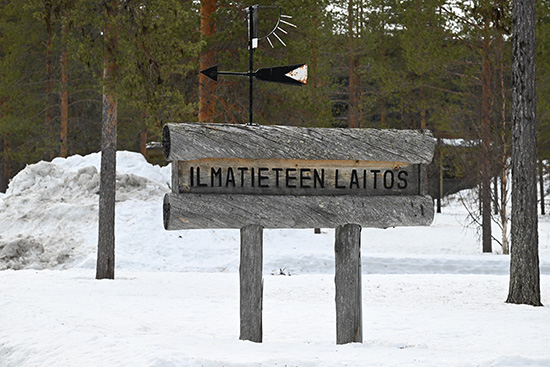
The Arctic Space Centre in Sodankylä belongs to the Finnish Meteorological Institute (Ilmatieteen laitos).
– My project doesn’t include any regular snow measurements so I am only coming here when they are needed for a specific reason, Leena says. But when she was still working at the FMI, she did measurements every winter. In practice, this means: Going outside and sitting in a snow pit for hours during the coldest times of the year.
– The coldest month is typically January when the sun is not up yet. At the FMI, we had a limit: If it was colder than minus 25 degrees, we didn’t have to go, Leena explains. But there have also been exceptions if researchers from further away were visiting for a short time only.
– In 2014, we had a field campaign with people from Switzerland and the UK and it was minus 36 degrees outside during their visit. But we went anyway because they were only staying for two weeks and these temperatures can last quite long, Leena adds.

It is more bearable to spend the working day in a snow pit during spring.
Even though Leena did her first measurement more than ten years ago, she never got too cold during fieldwork. According to her, it already helps a lot to remember standing up and walking from time to time. And, of course, the right clothing. Also, the researchers don’t do field measurements every day. There are many other tasks like digitalizing and evaluating the data which can be done in a warm office.
– It is quite rare that you have to be outside really the whole day. People know that it is quite hard so they try to organize it in terms, Leena explains. Anyway, the work can get exhausting when there is a lot of snow.
– The highest snow cover I remember was a couple of years ago when the official sensor showed 128 cm. Then you disappear completely inside your pit, Leena says. No matter how high the snow is, you have to shovel your pit until you reach the ground. Also, getting to the measurement sites can be a challenge.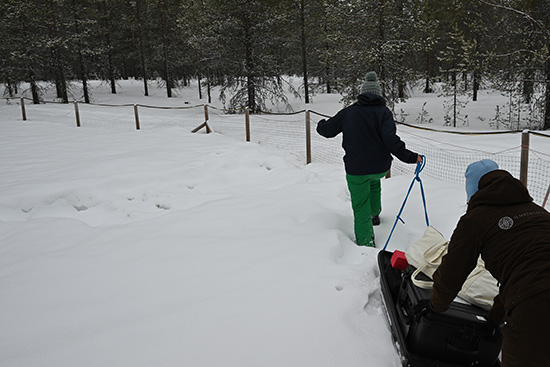
When it gets warmer, you can reach the measurements sites also without a snowmobile.
– If you have a field campaign somewhere where there haven’t been any measurements before, it can be a bit tricky even with the snowmobile. Especially if you want to compare data with satellite observations because then you measure at the same locations where the satellite is overpassing and those can be really random places, Leena points out.
This year, Leena was helping Marina Falke, a visiting researcher at the Arctic Centre, with measurements for her master's thesis. They started in mid-March after Leena came back from a research trip to Antarctica. Their last measurements take place in the middle of May.
– By the end of April, a lot of snow melted already. But you can still get new snow even in May. And for researching snowpack evolution, it is also important to measure how snow is melting and changing during this wet season, Leena explains.
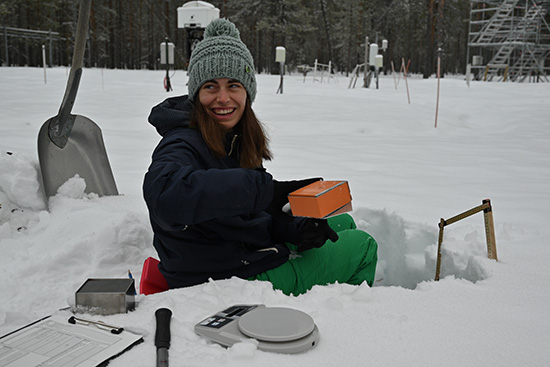
Marina examines, among other things, the snow density for her master's thesis.
Snow measurements can be used for different focal points
The weekly measurements by the FMI are mostly connected to satellite or space research. They help for example to improve satellite observations and new instruments.
– We want to find out how satellite observations can be used to detect Rain-on-Snow events and ice layers from snowpack, Leena explains. She uses the collected data also for the CHARTER project (CHanges in ARctic TERrestrial Biodiversity) at the Arctic Centre.
Marina observes the impact of different snow layers on the ground below for her master's thesis in integrated climate system sciences at the University of Hamburg.
– Many people are not aware of how different snow can be and what consequences that might have, Marina says. Her thesis aims to improve the current snow scheme for a permafrost model by the University of Hamburg to make future predictions more precise.
– In climate change when the permafrost becomes warmer and warmer, snow has an insulating property and can either cool or warm the ground. We are trying to find out how the permafrost will behave in the future. And for this, it is also important to model the snow well, Marina explains.
How the measurements work in practice (featuring Leena and Marina)
Snow measurements in Sodankylä spring 2023 - YouTube
